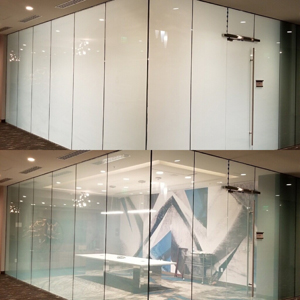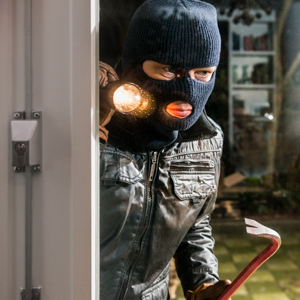Does “Ballistic Window Film” Exist?
FAQ’s on “bullet proof “and “ballistic window film” for schools
FAQ’s regarding “Bullet Resistant Window Film”
With school shootings on the rise, more schools are installing bullet and shatter resistant glass and films as a measure of increasing security and providing protection to students and staff. The decision to install protective glass film and related ballistic resistant glass products is usually made by school administrators in consultation with local education agencies, including school districts and charter schools; education service centers; institutions of higher education; security professionals and nonprofit organizations in the safety arena.
Is there “Ballistic Window Film” for Schools?
Security window films are commonly referred to as “ballistic window films”. However, security window films are not ballistically rated unless installed on ballistically rated glass. Appropriate for schools, churches and other at-risk ‘soft targets’, security window films help contain and in some cases prevent glass fragmentation which can cause severe or fatal injuries. Like ballistic glass, window film is designed to delay entry through glass upon attack. In most cases, bullets and other projectiles will penetrate these films when installed on typical glass. Security window film is designed to hold glass in place when broken, which creates delayed access into a building by an active shooter. Window and door glass can also be retrofitted with these glass security films to resist other threats, such as forced entry, explosions, and extreme weather.
Do Schools Have Bulletproof Glass?
No. Bullet proof glass is a popular and misleading term. No glass and film combination will stop all physical and ballistic attack. School officials are learning how bullet-resistant protective glass and films can help slow, disrupt, or prevent active shooter situations. Available in many thicknesses, glass protection or security film products are installed on the interior of existing lobby, entry and classroom windows and door glass, creating a clear shield to intruders. Properly installed, these security film products are “anchored”, or attached, to the existing glazing frame with a structural caulk that bonds the film and broken glass to the existing window frame upon attack.
- Free on-site glass security assessments
- Grant writing assistance/preparation
- Available in thicknesses from 4 – 33 mil
- Lifetime residential & 15-year commercial warranties







